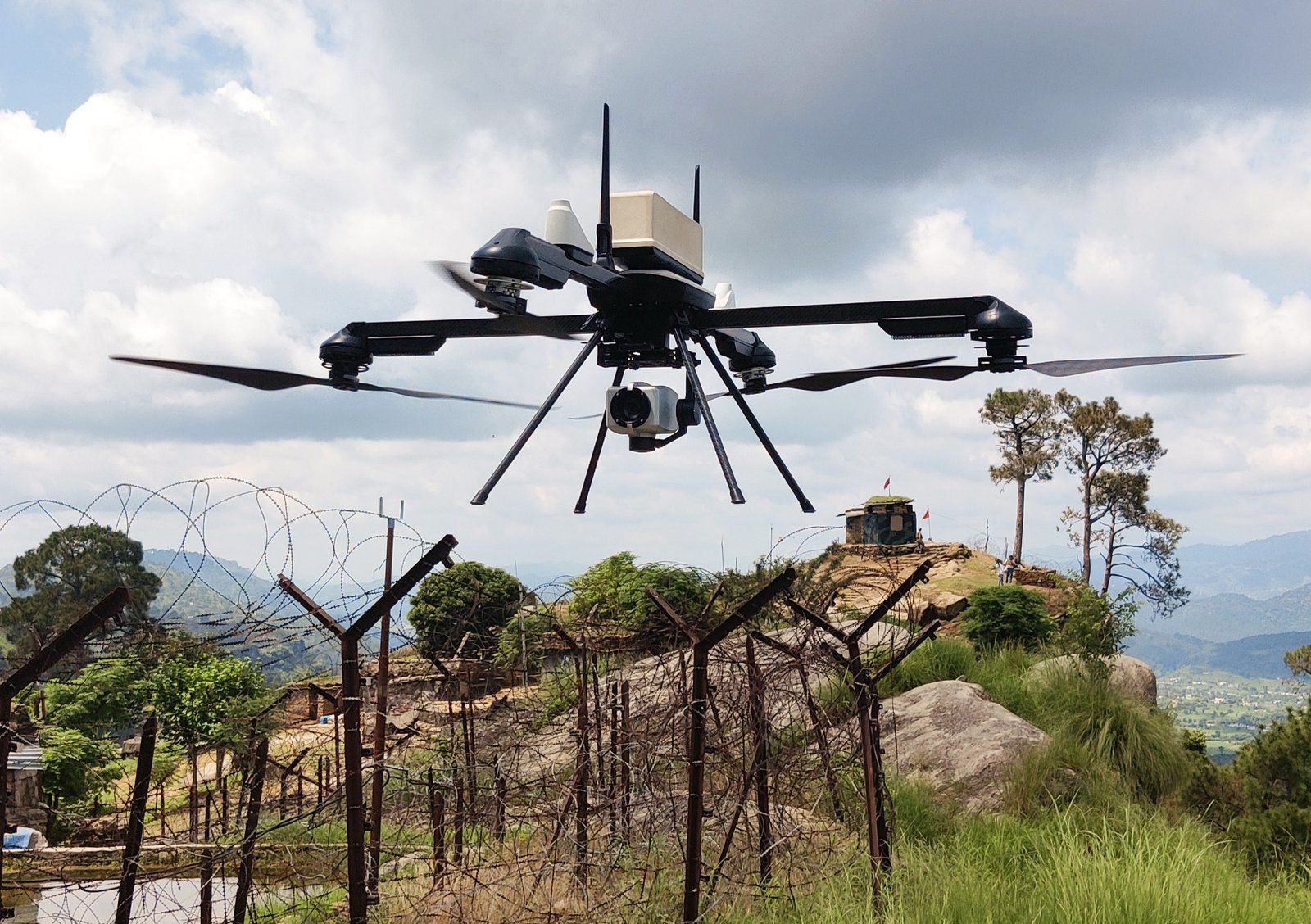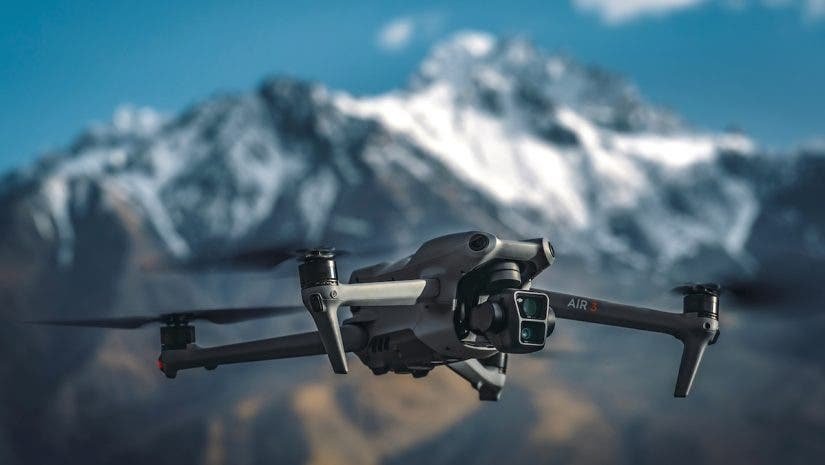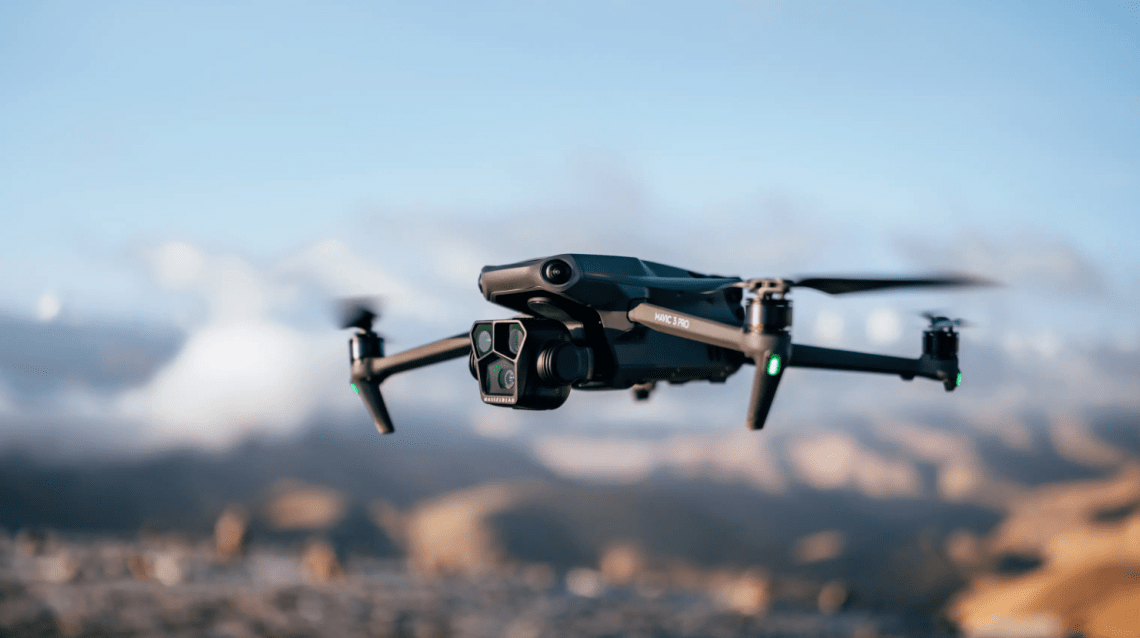Flying drones for fun is exciting—but what if you could get paid for it? The demand for skilled drone pilots is booming across industries like construction, agriculture, real estate, filmmaking, and public safety. If you’re a hobbyist ready to take the next step, here’s how to transition into a professional drone career as quickly as possible.
Step 1: Understand the Market for Drone Work
Before you invest in training or gear upgrades, learn where the demand is. High-paying drone services include:
- Aerial Photography & Videography for real estate, events, and marketing (Drone Photography & Videography Tips)
- Mapping & Surveying for construction, agriculture, and land development (Drone Mapping Guide)
- Inspections for power lines, pipelines, and solar farms (Drones in Oil & Gas)
- Search and Rescue for emergency services (Search and Rescue with Drones)
Step 2: Get Certified
In the U.S., earning your FAA Part 107 Remote Pilot Certificate is the legal requirement for most paid drone work. Certification proves you understand airspace rules, safety protocols, and operational limits.
Our FAA Part 107 Certification Guide covers:
- Airspace classifications and restrictions
- Weather and flight performance
- Emergency procedures
- Maintenance basics
Step 3: Build Your Skills
Even after certification, clients expect polished, professional work. Consider taking specialized courses to stand out:
- Drone GIS and Mapping Course for survey and mapping projects
- Drone Photography & Videography Course for cinematic content
- Drone Safety Protocols to maintain compliance and protect your reputation
Step 4: Choose the Right Equipment
As a professional, you need reliable, high-quality gear. Look for:
- 4K or higher cameras for crisp images and video
- Long battery life for extended jobs
- Specialized sensors (thermal, multispectral) for industry-specific work
- Durability for outdoor and all-weather conditions
Avoid overspending on features you don’t need—start with the essentials and upgrade as your business grows.
Step 5: Build Your Portfolio
Clients want to see proof of your abilities. Start by:
- Shooting aerial footage for friends, local businesses, or community events
- Creating before-and-after project comparisons
- Offering discounted or free initial jobs to gain experience
Step 6: Market Yourself
Promote your services where your ideal clients spend time:
- Real estate agents, construction firms, and event planners for local work
- LinkedIn and Instagram for showcasing visuals
- A personal website with service details, pricing, and testimonials
Consider joining drone pilot directories and partnering with companies that subcontract aerial services.
Step 7: Deliver Professional-Grade Service
To build a sustainable career, focus on reliability, safety, and quality. Always:
- Conduct pre-flight checks
- Follow FAA and local regulations
- Communicate clearly with clients
- Deliver edited, high-quality content or reports promptly
Common Mistakes to Avoid
- Skipping certification—it’s not worth the legal risk
- Underpricing services—know your value and market rates
- Neglecting insurance—protect yourself from liability (Drone Insurance Guide)
- Not specializing—generalists compete on price; specialists compete on expertise
The Fast-Track Formula
- Certify: Pass FAA Part 107
- Specialize: Choose one or two high-demand niches
- Practice: Build a strong portfolio
- Promote: Network and market your services
- Scale: Invest in better equipment and expand offerings
For insights on long-term opportunities, see our guide on How to Start Your Career as a Drone Pilot.
Final Thoughts
Turning your drone hobby into a professional career is achievable in just a few months with the right plan. By getting certified, specializing, and marketing effectively, you can start landing paid drone jobs and build a profitable business doing what you love.
Pro Tip: Take a targeted training program like our Corporate Drone Training Programs to accelerate your skills and start earning sooner.








